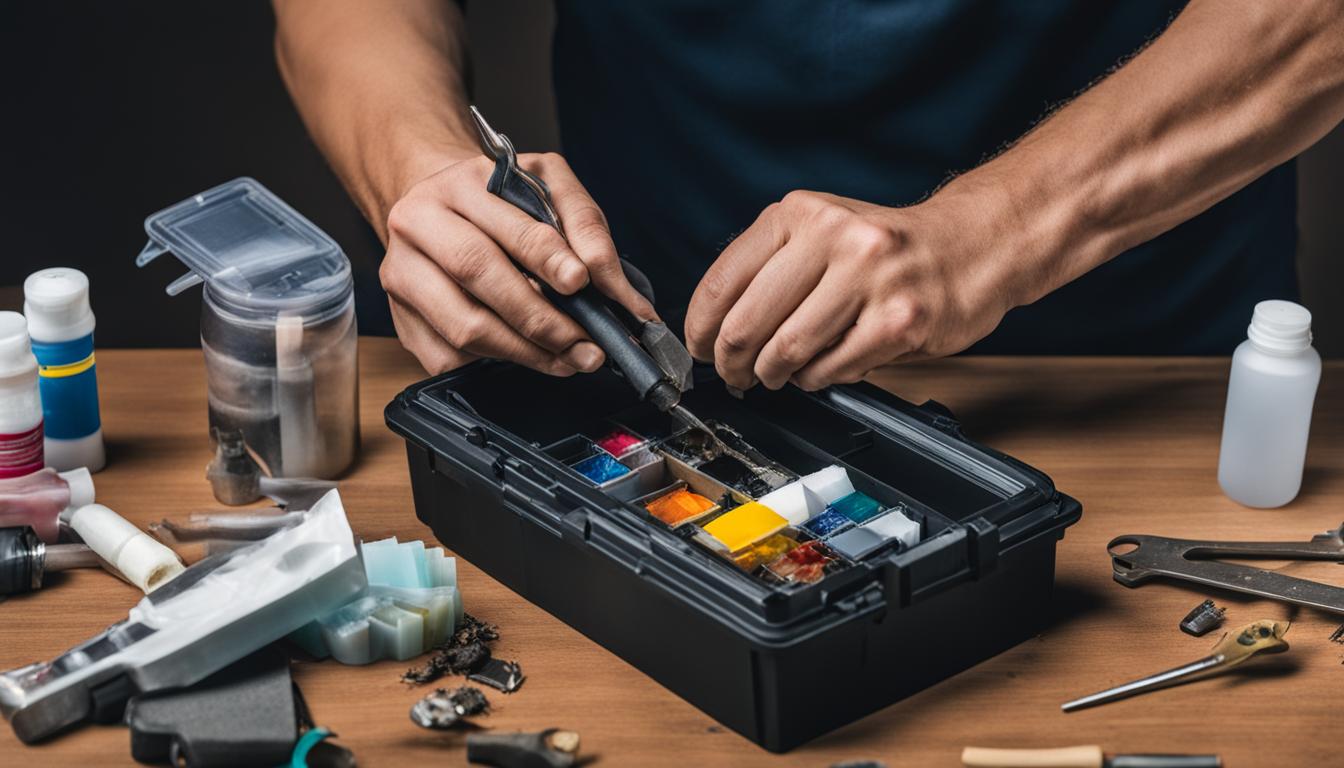If you’re an avid printer user, you understand how expensive ink cartridges can be, and as a result, refilled ink cartridges can seem like an attractive alternative. However, you may have noticed that these refilled cartridges sometimes fail to work as expected.
In this article, we will explore the reasons why refilled ink cartridges may not work and provide tips to help you resolve these problems effectively.
Key Takeaways:
- Refilled ink cartridges may encounter issues due to various factors.
- Understanding the reasons why refilled cartridges may not work will help you troubleshoot these issues more effectively.
- Air bubbles and clogs can disrupt the ink flow in a refilled cartridge, leading to print quality issues or even complete failure.
- Printer software and firmware updates can occasionally cause issues with refilled ink cartridges.
- By understanding the possible causes and implementing the troubleshooting tips, you can overcome common problems and enjoy successful printing with refilled ink cartridges.
Why Refilled Ink Cartridges Sometimes Fail to Work
Refilled ink cartridges are a cost-effective alternative to buying new cartridges, but they can sometimes fail to work. It’s important to understand the reasons why this may happen to troubleshoot issues more effectively. Here are the most common reasons for refilled ink cartridge failure:
| Reason | Description |
|---|---|
| Poor-quality ink | Using ink that is not of good quality can cause problems with cartridges. Low-quality ink can dry out quickly and clog the cartridge. |
| Improper refilling techniques | Refilling cartridges incorrectly can lead to leakage, air bubbles, or other problems that impact performance. It’s important to use the right tools and follow proper techniques. |
| Compatibility issues with printer models | Not all cartridges are compatible with all printer models. Using an incompatible cartridge can cause errors or poor print quality. |
| Air bubbles and clogs | Air bubbles or clogs in the ink can prevent the cartridge from printing correctly. This can happen if the cartridge is not refilled properly. |
| Unclean print heads and contacts | Dirt or debris on the print heads or contacts can lead to poor print quality. Cleaning these components regularly is important. |
| Software and firmware updates | Occasionally, printer software or firmware updates can cause problems with refilled cartridges. It’s important to handle these updates carefully. |
| Refilling incorrectly | Refilling cartridges incorrectly can lead to problems, such as poor print quality or damage to the cartridge. It’s important to follow best practices and avoid common mistakes. |
By understanding these key factors that contribute to refilled ink cartridge failure, you can take steps to address these issues and improve performance.
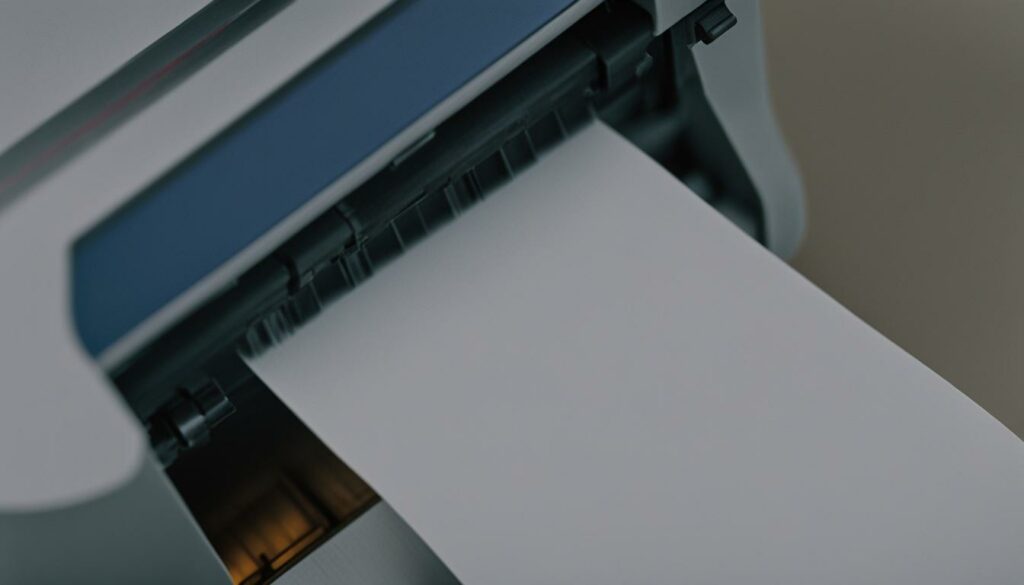
Poor Quality Ink or Improper Refilling Techniques
Using poor quality ink or improper refilling techniques can significantly impact the functionality of your refilled ink cartridges. Poor quality ink can clog the nozzle and cause leaks, while improper refilling techniques can lead to air bubbles and incorrect ink levels. Ensure you use high-quality ink that matches your printer brand and model, and follow proper refilling instructions to avoid these issues.
It’s also essential to keep your refilled cartridges properly sealed and stored to prevent evaporation and ink drying out. When refilling, avoid using too much force when injecting the ink, which can damage the cartridge’s delicate parts and impact its performance.
“Improper refilling techniques are a significant contributor to cartridge failure,” says Tom Smith, a printer expert. “In some cases, this can result in permanent damage to the cartridge, which requires a replacement.”
Comparing Refilling Techniques
Here’s a quick overview of the most common cartridge refilling techniques and their advantages and drawbacks.
| Refilling Technique | Advantages | Disadvantages |
|---|---|---|
| DIY refilling kits | Low-cost option, widely available | Inconsistent ink quality, messy, can damage the cartridge |
| Refilling at third-party shops | Higher precision and consistency, less messy | Higher cost, quality varies by shop |
| Manufacturer’s recommended refilling services | High-quality ink, backed by warranty | Expensive, limited availability |

While DIY refilling kits may seem like an affordable option, they can come with many risks, including using poor quality ink and damaging the cartridge. It may be best to opt for professional refilling services at a third-party shop or the manufacturer’s recommended services to ensure quality and avoid cartridge damage. Always ensure that you research and choose a reliable and trusted provider for your refilling services.
Compatibility Issues with Printer Models
While refilling ink cartridges is an eco-friendly and cost-effective option, it’s important to note that not all printer models are compatible with refilled ink cartridges. Compatibility issues may arise due to various factors, such as the type of printer or the cartridge chip.
It’s crucial to check your printer model’s compatibility before refilling the cartridge to avoid any performance issues. Many printer manufacturers only recommend using their own brand of cartridges to ensure optimal performance, so keep that in mind when making your choice.
If you’re unsure about your printer model’s compatibility with refilled ink cartridges, consult the product’s user manual or contact the manufacturer’s customer service for guidance.
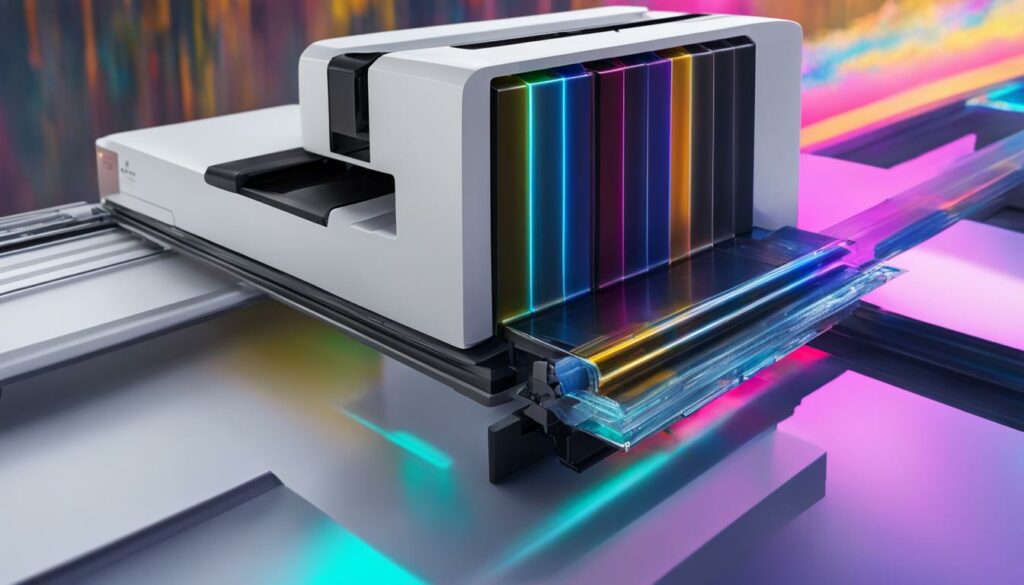
To mitigate the risk of compatibility issues, you may consider purchasing high-quality, remanufactured cartridges that are specifically designed to work seamlessly with your printer model. Alternatively, seeking professional assistance from a cartridge refill service can help ensure optimal compatibility and performance.
Air Bubbles and Clogs in the Cartridge
One of the most common issues that refilled ink cartridges face is the build-up of air bubbles and clogs within the cartridge. Air bubbles can form during the refilling process, and they prevent ink from reaching the print head, causing faint prints or even no print at all. Clogs, on the other hand, happen when the ink dries inside the cartridge and blocks the ink flow.
To address air bubbles, you can try gently tapping the cartridge on a soft surface to shift the bubbles towards the top. Alternatively, you can insert a needle into the refill hole and gently pull out any trapped air. It is essential to be careful not to puncture the filter or nozzle inside the cartridge while doing this.
For clogs, you can use a cartridge cleaning kit to flush out the dried ink or soak the cartridge in warm water to dissolve the blockage. However, it is important to note that excessive cleaning can also damage the cartridge, causing leakage or deformation.
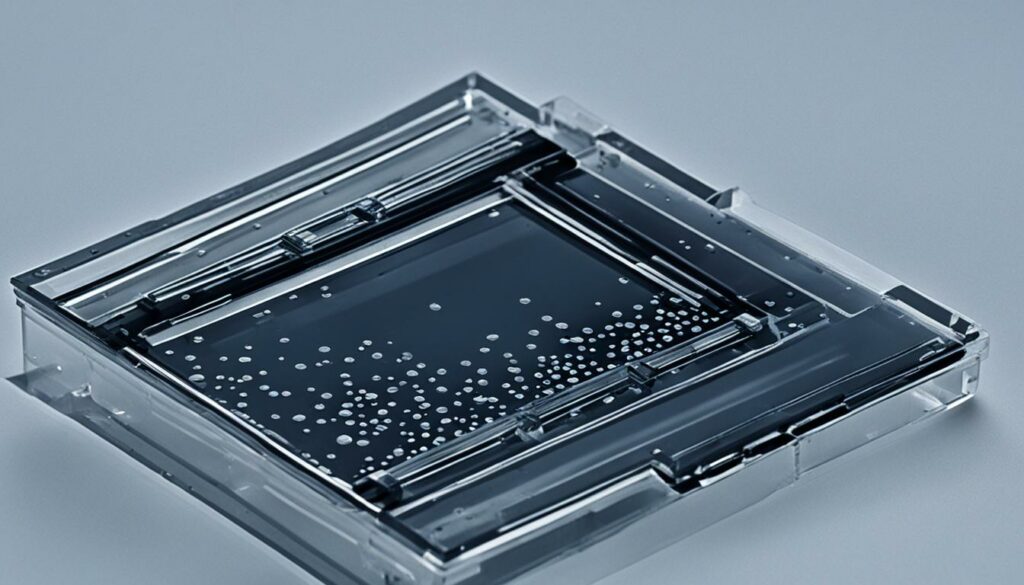
Prevention is always better than cure, and you can minimize the risk of air bubbles and clogs by refilling your cartridges with high-quality ink and using proper refilling techniques. When refilling, avoid filling the cartridge too quickly or overfilling, since this can also cause air bubbles to form.
Unclean Print Heads and Contacts
Proper cleaning of print heads and contacts is important to ensure optimal printing performance of refilled ink cartridges. These components can accumulate dirt, debris, or dried ink over time, leading to poor cartridge performance. To clean print heads, use a lint-free cloth dipped in distilled water to wipe away any built-up ink. Avoid using tap water as it can have impurities that may damage your printer. For contacts, use a soft cloth moistened with rubbing alcohol to wipe them clean. Be gentle when cleaning and avoid applying too much pressure or force.
Regular cleaning of print heads and contacts can also prevent clogging, which can hinder ink flow and cause print quality issues. It’s important to follow your printer’s cleaning instructions and not overdo it, as excessive cleaning can also damage the print heads.
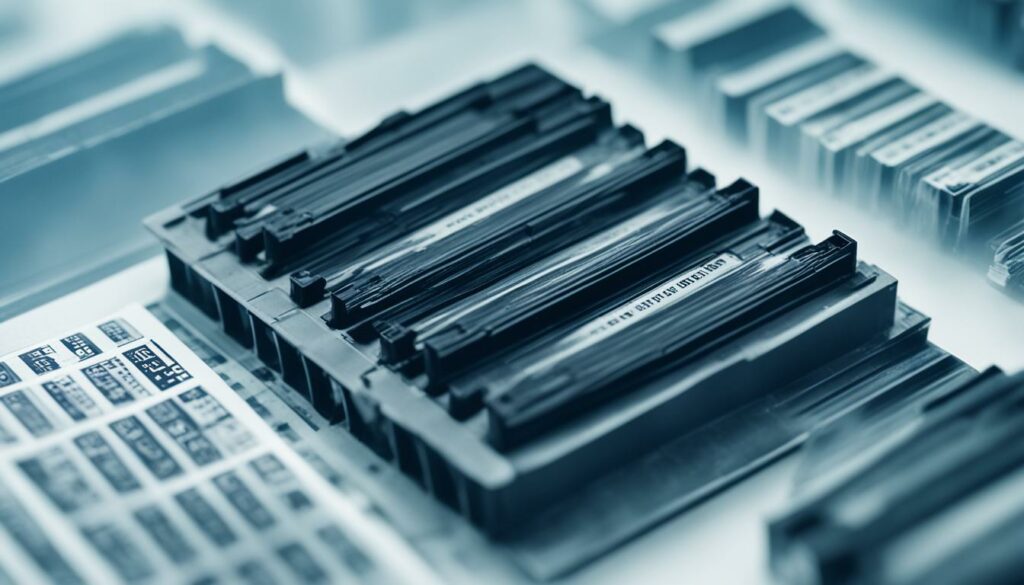
By keeping your print heads and contacts clean, you can extend the lifespan of your refilled ink cartridges and ensure consistent, high-quality prints every time.
Software and Firmware Updates
Printer software and firmware updates are essential for ensuring optimal performance, security, and bug fixes. However, these updates can sometimes lead to compatibility issues with refilled ink cartridges. To avoid potential problems, it’s crucial to approach updates with caution and follow these best practices:
- Check the release notes: Before updating your printer’s software or firmware, check the release notes to see if there are any known issues with refilled ink cartridges. If there are, it may be wise to hold off on the update until a fix is released.
- Disable automatic updates: If possible, disable automatic software or firmware updates to prevent your printer from updating without your knowledge. This will give you more control over when and how updates are installed.
- Use genuine ink cartridges: While using refilled ink cartridges can save you money, it’s always best to use genuine cartridges from the printer manufacturer. Genuine cartridges are less likely to encounter compatibility issues with software and firmware updates.
- Reinstall printer drivers: If you do encounter compatibility issues after an update, try reinstalling your printer drivers. This can help ensure proper communication between your printer and refilled ink cartridges.
By following these tips, you can avoid potential compatibility problems with refilled ink cartridges caused by software and firmware updates and ensure smooth printing.
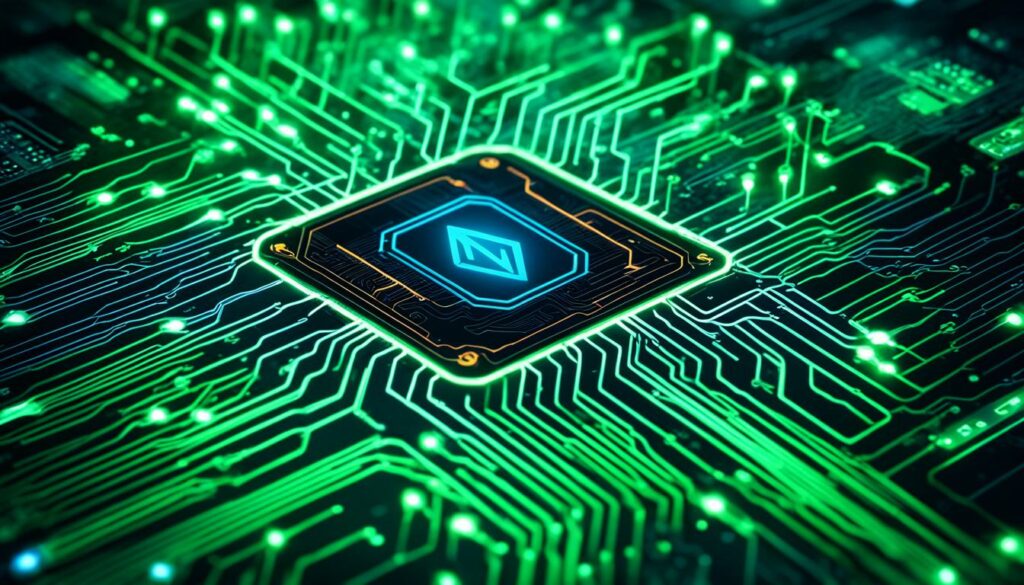
Refilling Ink Cartridges Incorrectly
While refilling ink cartridges can save you money, it’s essential to do it correctly to avoid issues. Filling your cartridges incorrectly can lead to problems such as leakage, poor print quality, or even damage to the cartridge itself.
Here are some common mistakes to avoid when refilling ink cartridges:
- Not following instructions: Each cartridge type and brand has specific instructions regarding refilling. Failing to follow them can lead to problems.
- Overfilling the cartridge: Overfilling cartridges can cause ink to leak and potentially harm your printer.
- Using the wrong ink: Not all inks are created equal. Make sure to use ink that’s compatible with your cartridge and printer.
- Not letting the cartridge rest: After refilling, let the cartridge rest for a few hours before reinstalling it to ensure that the ink settles properly.
By avoiding these common mistakes and following the specific instructions for your cartridge, you can refill your ink cartridges without complications.
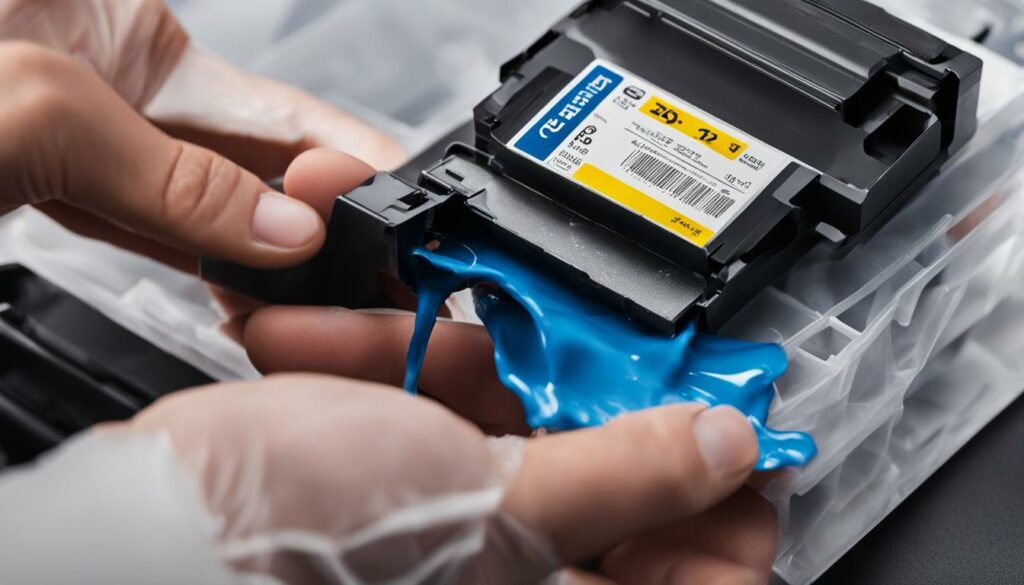
“Filling your cartridges incorrectly can lead to problems such as leakage, poor print quality, or even damage to the cartridge itself.”
Alternative Solutions for Troublesome Cartridges
If you’ve tried troubleshooting refilled ink cartridges but still experience persistent problems, don’t despair. There are alternative solutions you can explore to overcome these issues.
Remanufactured Cartridges
One option is to use remanufactured cartridges, which are recycled cartridges that have been professionally refilled and tested before being put back on the market. Remanufactured cartridges are generally more reliable than DIY refills and can come with a warranty to guarantee their performance. Keep in mind that not all remanufactured cartridges are created equal, so you’ll want to research reputable brands and compare options before making a purchase.
Professional Assistance
If you’re not comfortable handling ink cartridges yourself or have tried troubleshooting to no avail, seeking professional assistance may be your best bet. Many printer manufacturers offer repair services or can recommend authorized repair centers in your area. While this option may be more costly, it can save you time and frustration in the long run.
Tip: Before seeking professional assistance, be sure to backup any important files or documents in case your printer needs to be reset or serviced.
Extending the Lifespan of Refilled Ink Cartridges
Refilling ink cartridges can save you money, but the ink quality and cartridge performance may not always be consistent. However, you can take several steps to extend the lifespan of your refilled ink cartridges and optimize their performance.
1. Use High-Quality Ink
The quality of the ink you use can significantly impact the lifespan and performance of your refilled cartridges. Ensure you use a high-quality ink that is compatible with your printer. Do thorough research before purchasing ink to find a reputable supplier that provides top-quality products. Using substandard ink can clog the print head and damage the cartridge, leading to frequent replacements.
2. Proper Storage Of Cartridges
For cartridges not in use, it’s important to store them properly. Incorrect storage can lead to drying of the ink, causing the cartridge to clog and drying out entirely. Keep cartridges in their protective packaging to prevent them from drying out and store them in a cool and dry place. Make sure they are not exposed to direct sunlight, which can impact ink quality and cartridge performance.
3. Print Regularly
Refilled cartridges are prone to drying out when not in use for an extended period. Printing regularly can help ensure that the ink is flowing smoothly through the cartridge, which reduces the risk of clogs and drying out. It’s also a good idea to run the printer’s maintenance programs frequently to keep the cartridge clean and prevent the ink from drying out.
4. Avoid Overusing Printer Cleaning Programs
Printer cleaning programs should only be used when necessary to clean the print heads. Overusing cleaning programs can lead to clogged cartridges and waste ink, which can reduce the lifespan of the ink cartridge. Use these programs sparingly and only when needed to keep cartridges clean.
5. Refill Cartridges Correctly
Refilling ink cartridges should only be done if you understand the process involved. Incorrect refilling can lead to air bubbles, overfilling, or under-filling which can lead to ink leaks, clogging of the print head, or damage to the cartridge. Follow the instructions provided by the supplier to ensure you refill the cartridges correctly.
6. Replace Cartridges When Necessary
Refilled ink cartridges cannot last forever. As the cartridge gets older, the components begin to wear and deteriorate, causing the ink to leak and overall degradation of the cartridge performance. Replace your cartridges regularly, and if you notice any signs of ink leaks or poor print quality, replace your cartridges as soon as possible, rather than attempting to refill them.
By following these simple tips, you can minimize the failures of refilled cartridges, extend their lifespan and, ultimately, save money.
Conclusion
In conclusion, it’s not uncommon to encounter issues with refilled ink cartridges. Various factors may contribute to cartridge failure, including poor ink quality, compatibility problems, clogs, and user errors. However, with the troubleshooting tips outlined in this article, you can effectively address these problems and continue to enjoy cost-effective and eco-friendly printing with refilled cartridges.
Remember to always use high-quality ink and proper refilling techniques, regularly clean print heads and contacts, and be cautious when updating your printer software or firmware. Additionally, don’t hesitate to seek professional assistance or turn to alternative solutions if persistent issues arise.
By taking steps to extend the lifespan of your refilled cartridges and maintaining optimal cartridge performance, you can save money and reduce your environmental impact without sacrificing print quality or convenience. Happy printing!

Morgan Azhari, the owner of PrinterUpdate.net, is a dedicated expert in the field of printers, leveraging a wealth of experience and education to create a platform that passionately shares insights and solutions.
With a goal to enhance the printer user experience, my vision for the website is to provide valuable content, making a positive impact on individuals navigating the complexities of printers.
